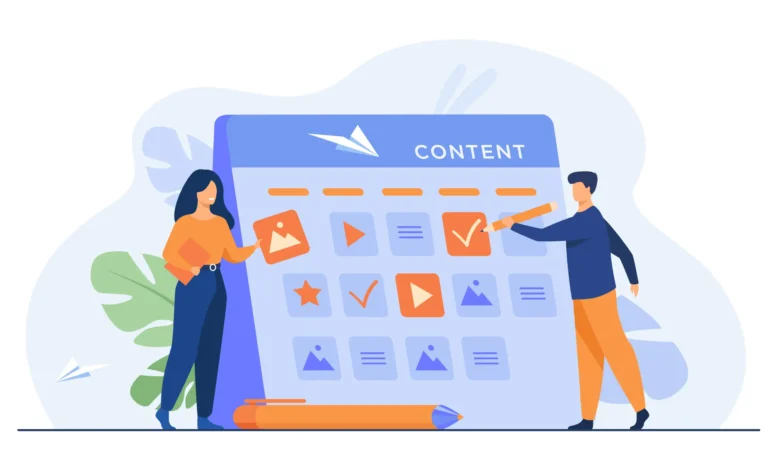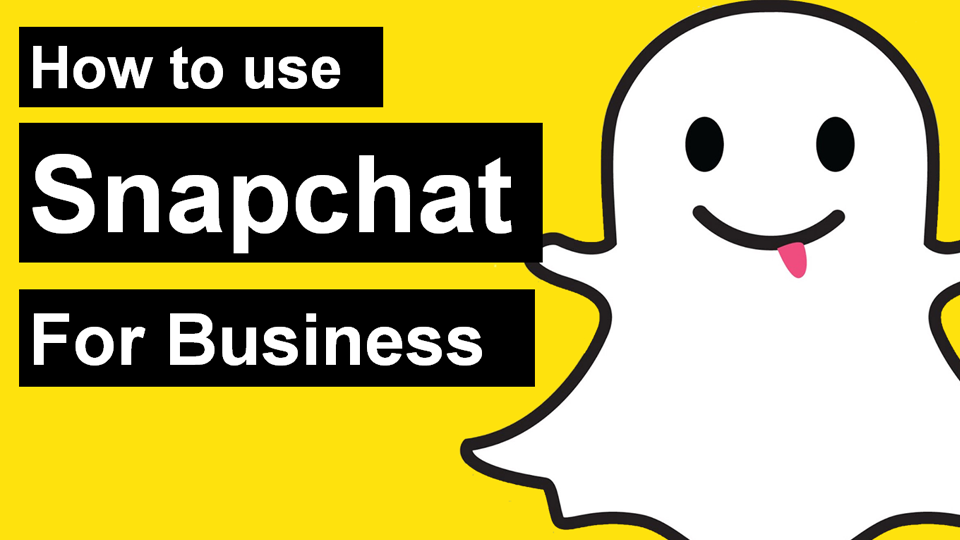What is Engagement?

“Engagement” is one of those magic words that marketers repeat all the time and want to achieve for their campaigns or social networks. In the world of digital marketing, it seems that if you don’t get engagement, you’re nobody… But what exactly is engagement, and how can we get our brand’s engagement to improve?
In this article, we want to explain extensively what this concept means and the impact it has on your online marketing strategy. But so that you can get soaked, tell yourself that engagement could be translated as the ability to attract and interact with users. The higher the better!
What is engagement?
“Engagement” is one of those English terms that don’t have an easy translation, or at least not in a single word. It means “engagement,” but in the world of marketing, engagement symbolizes the long-term relationship with our users.
A simple definition could be that engagement is the brand’s ability to engage the audience and create a long-term commitment that ends up leading them to become customers and positively influences the company’s objectives.
According to this global conception of engagement, there are many indicators that we can use to measure it: page views, subscribers to a newsletter, comments and “likes”… Choosing one or the other as a KPI will depend on the company’s objectives and strategy, but in any case it must be very clear that the concept of engagement is independent of the channel and we must work on it on all the platforms in which we operate (website, blog, mobile marketing, emails…).
I say this because, to this day, engagement is still associated with the number of likes and comments on social networks. And while this may be a good metric to look at, it’s far from the only one. In addition, we must not confuse indicator and objective: the final goal is not to increase the number of likes, but to use this figure as a clue about the relationship of users with our brand. This way, we will avoid falling into aberrations such as buying fans and likes, which do not contribute anything to achieving the brand’s objectives and, on the contrary, can even turn against us.
The four E’s of engagement:
To delve a little deeper into the concept of engagement, I find Jamie Anderson’s approach very interesting, who argues that engagement is based on working on the four “e’s”:
- Your Excellency. In a world saturated with brands, it is essential to stand out more than doing things well. People are not perfect (and neither are companies!), But it is important to aspire to do things as well as possible within our possibilities and, above all, to try to improve continuously.
- Understand. To truly connect with the consumer, we need to put ourselves in their shoes on an ongoing basis. We have to show that we are there, that we listen to them, that we really understand their needs. Empathy above all else.
- Exclusivity. By exclusivity, we do not mean creating luxury products within the reach of just a few, but rather personalizing our offer to the maximum so that customers feel special. Good segmentation will help us make them feel that the treatment is truly personal and unique. E-commerce. Because deep down, we cannot lose sight of the ultimate goal of our strategy: to increase sales through both physical and digital channels. In Anderson’s words, “the sum of the three factors above is what makes us crazy. Apple pays extra for its products, and Lady Gaga’s fans buy her music instead of downloading it for free.”
Why is engagement a crucial part of your strategy?
Engagement is one of the most well-known terms in the marketing world for good reason, and it’s one of the most important metrics in determining the success of your strategy.
By its very definition, engagement is based on building long-term relationships with your community. It’s about creating real fans of your brand, who buy your products, repeat and recommend them to their acquaintances. In this way, we see that engagement not only improves sales results but also reduces the cost of acquisition, since looking for new customers is always more expensive than keeping the ones you already have. And thanks to recommendations, your current clients can do the prospecting work for you.
Engagement is also a metric to take into account to measure the health of your online community and interest in your company. Thanks to digital marketing, we have the opportunity to be more in touch than ever with our current and potential customers. And that closeness is precisely what we can exploit and measure thanks to engagement.
Finally, engagement is also a powerful force in driving users to action and getting them moving along the conversion funnel. By taking care of the relationship with them from the first contact, we will limit abandonments and create a more efficient customer journey.
7 recommendations to improve your engagement
And to finish this article, let’s get down to business! Now that you know what engagement is, it’s time to apply these guidelines to improve it:
- Don’t just stay on social media. If there’s one key message I want you to take away from this article, it’s that the concept of engagement goes far beyond Facebook and Twitter. Think of all your marketing channels as a means to build long-term customer engagement and relationships, and you’ll see how the results surprise you.
- Listen to real users. Engagement is a relationship, and a relationship always has two parts. And as all couples therapists know, communication is an essential part of relationships. That’s why, if you want to improve engagement, you need to be willing to listen to your users, acknowledge your mistakes, and adapt your offer and strategy to their feedback if necessary.
- Ask questions. The best way to get the information you need to really know your audience is… ask! Don’t be afraid to reach out to your followers and let them know that their opinion matters to you.
- Always respond. On the other side of the coin are the questions from users. Sometimes we can neglect this aspect of our digital presence due to a lack of time or resources, but it would be a serious mistake. If you want to gain the trust of your users, answer their questions quickly and always give them the best possible solution.
- Encourage user-created content. Encouraging users to create their content (and post it on your channels afterwards) has multiple advantages. For starters, you’ll increase your sense of community and belonging, as your audience will feel heard and relevant. But in addition, you will be complementing your content strategy with high-value material, since user-created content generates more trust than that which comes from the brand itself. As the English say, it’s a win-win!
- It surprises. We lead a hyper-connected life in which we receive tons of impacts every day. If you want to build long-lasting relationships with users, the first step is to get their attention.
- Measure the results. A very common mistake in marketing (but unforgivable today!) is to launch actions without measuring the results. To make progress in your engagement, you’ll need to ask yourself what your goals are and translate them into a series of key metrics or KPIs. Set up regular check-ins and use them to measure your progress and change course if necessary.










